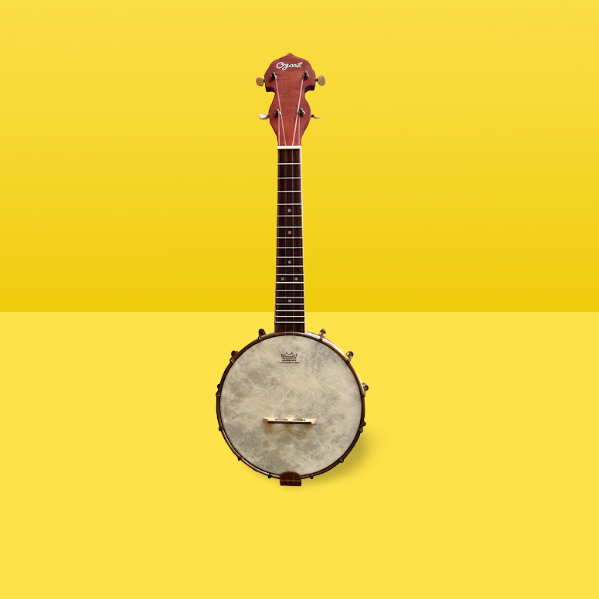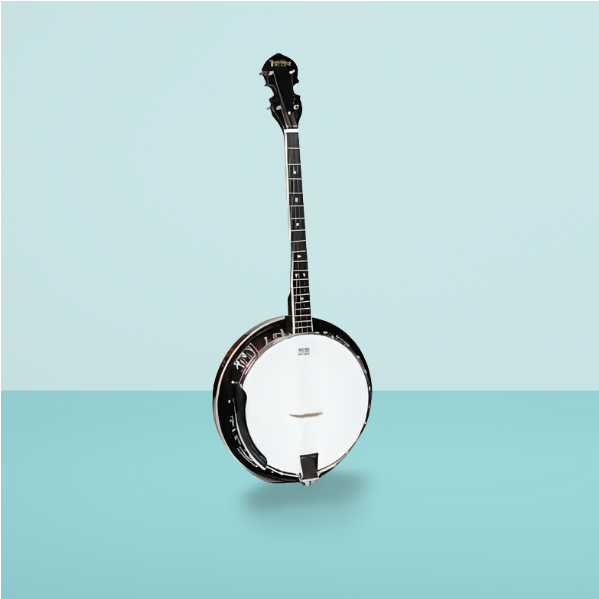This banjo is lightweight and has the distinctive “Hartford” sound. Woody, bright and unmistakable. People often ask why the banjo has an unusual inlay pattern. This was the traditional pattern. It used to be common to have the inlays placed in the middle of the fingerboard and at the ends. John requested that we do this on some old banjos, such as the Farland and those made before 1900. John, a riverboat captain licensed in the state of New York, wanted us to incorporate a riverboat theme into our banjo. We were again a bit stumped, as we didn’t want to put just inlays of riverboats on the fingerboard. We were then presented with a great opportunity. Chuck, our head craftsman and artist, has been with us for over 30 years. He was learning music and John Hartford was his main banjo teacher. Chuck was born in Minnesota, and John Hartford would always come to town to perform. He thought John Hartford was the best musician. He had no idea that one day he would make a banjo for John Hartford. So I gave the job to Chuck of designing the inlays.
Chuck began to study riverboats and read a lot. He found many books about riverboats at the library. He found that the riverboat architecture is quite different from that of houses. Although people think the gingerbread on a riverboat looks the same as the house, it is clearly and easily different. The riverboat architecture has a different ratio of width to length and the scroll style than a Victorian-era gingerbread house. Chuck used the classic riverboat architecture to create inlays for his Hartford banjo. Because it used that architecture and that art form, it had a riverboat-like flavour. Chuck and John were able to create a classic design.
We changed the nameplate of the fingerboard’s fingerboard from abalone to mother-of pearl when John Hartford died. If you see a Hartford that has a white mother-of-pearl nameplate, it is likely that it was made before John Hartford’s passing. It was probably made after his death if it has abalone.
The Hartford Pop-On Resonator banjo is lighter in weight. It can be converted from openback to bluegrass style simply by popping on its resonator. Greg Deering: Replace the 2 lb. flange with a brass tub




